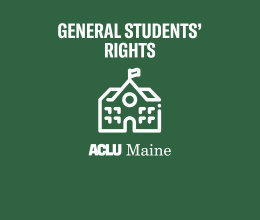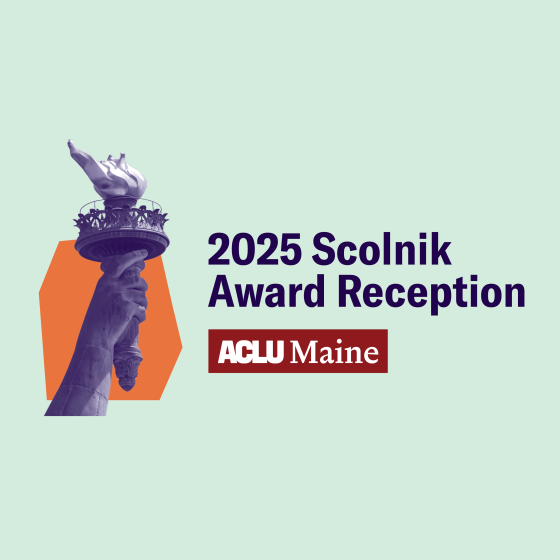On Friday, the ACLU submitted a letter to Vice President Biden, urging him to reject any proposals to put more police in schools. Following the tragedy at Sandy Hook Elementary School last month, the vice president has called on outside groups to provide input on potential federal action to address gun violence. In our letter, we commend him for spearheading the initiative, but urge a carefully evaluated response that guards against unintended consequences for young people.
Keeping our young people safe in school is as important a priority as one can find. While proponents of increased school security may be well meaning, we shouldn’t respond to the critical question of how to protect students by rushing to put more police in schools, without understanding the serious negative effects doing so could have. As we’ve seen more and more in recent years, increased police presence in schools can harm educational opportunities by unnecessarily pushing students out of school and into the juvenile and criminal justice systems.
Adding police, metal detectors and surveillance might seem like a quick and easy way to make students safer, but experience has demonstrated otherwise. In practice, most school police spend a significant portion of their time responding to minor, nonviolent infractions – children who have drawn on desks or talked back to teachers, for example – rather than behaviors that seriously threaten school safety. In addition, over-policing and punitive school discipline policies have a disproportionate impact on students of color, as well as students with disabilities.
We hope our letter to Vice President Biden serves as a starting point for a longer dialogue about how we can implement smart reforms that will make us safer without sacrificing our civil rights and liberties. You can read the full letter here, which includes more detailed information about safeguards that schools can put in place if they already have a law enforcement presence, as well as a series of proactive actions that can have a positive impact on both learning opportunities and school climate.
Over-Policing Schools Is Not The Answer
Related Issues
Related content
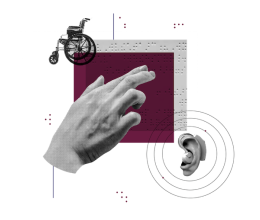
Advocates Oppose Efforts to Weaken Settlement for Maine’s Children...
September 18, 2025
United States of America v. Maine
September 18, 2025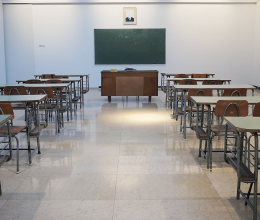
ACLU of Maine Reminds School Communities of Their Rights After...
September 12, 2025
After Arrest at Portland School, ACLU of Maine Reminds School...
September 12, 2025
Weekly Highlights August 25 – 29
August 29, 2025
Civil Rights Organizations Urge Students, Parents, and Staff to...
August 26, 2025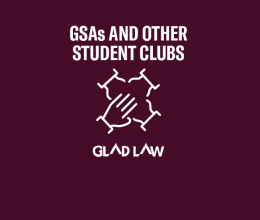
GSAs and Other Student Clubs

LGBTQ+ Students' Rights In Maine
